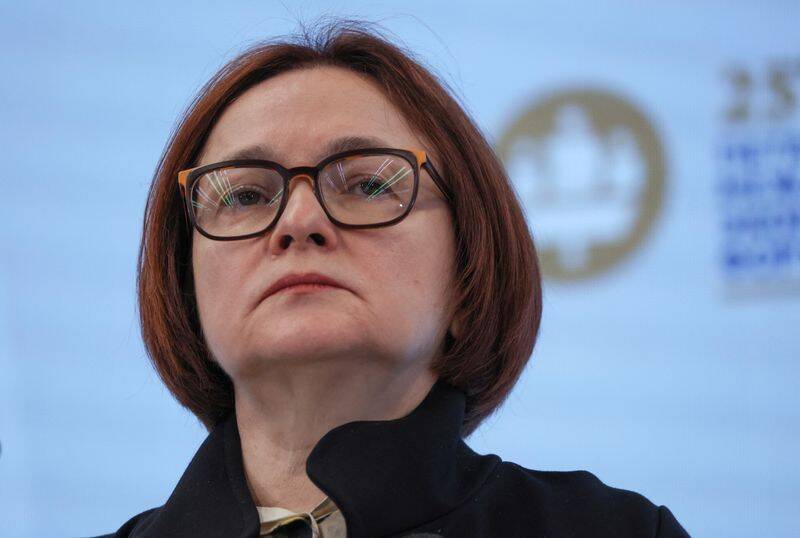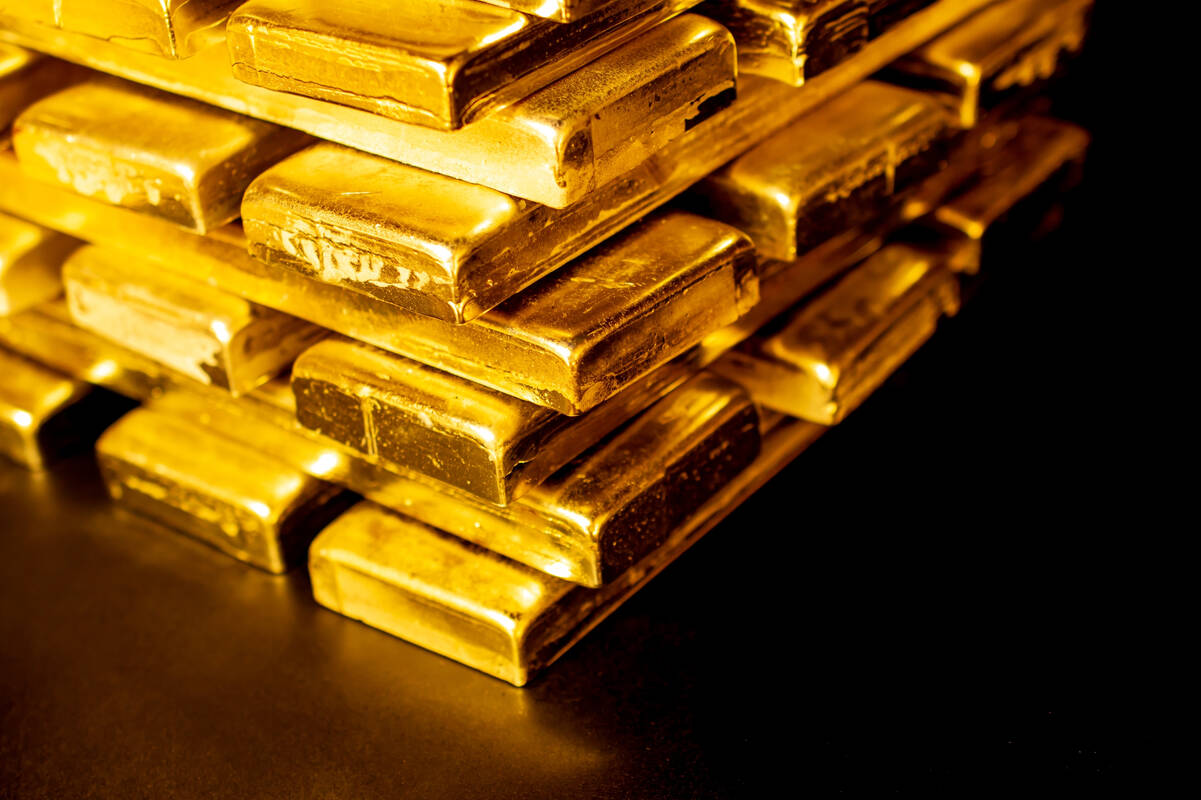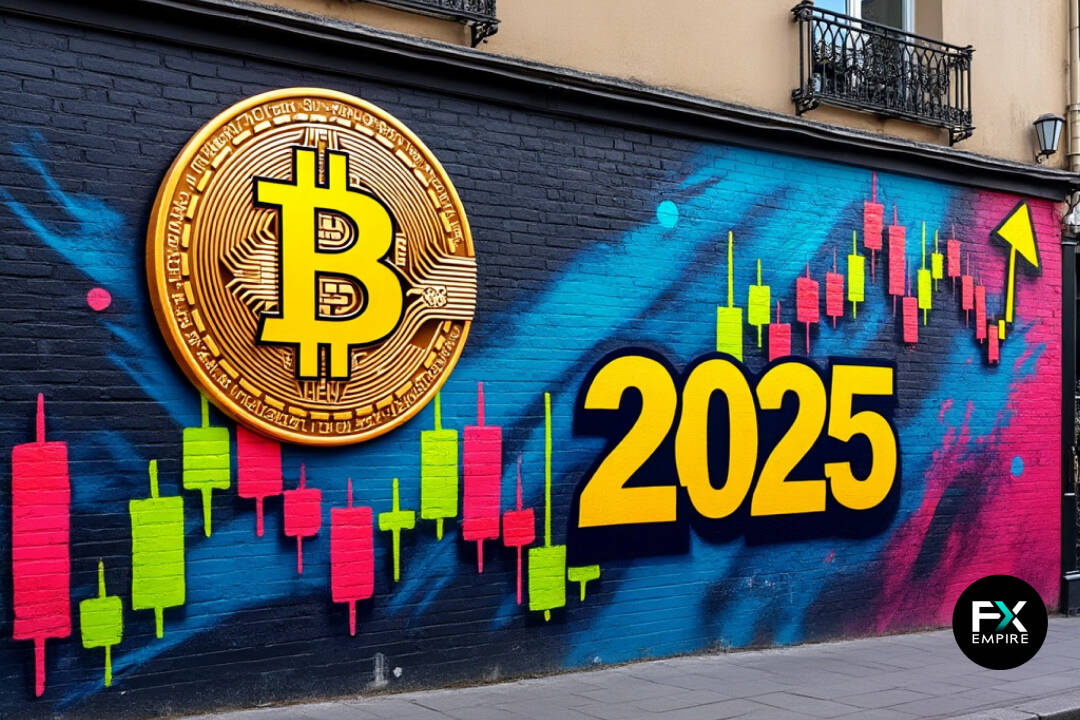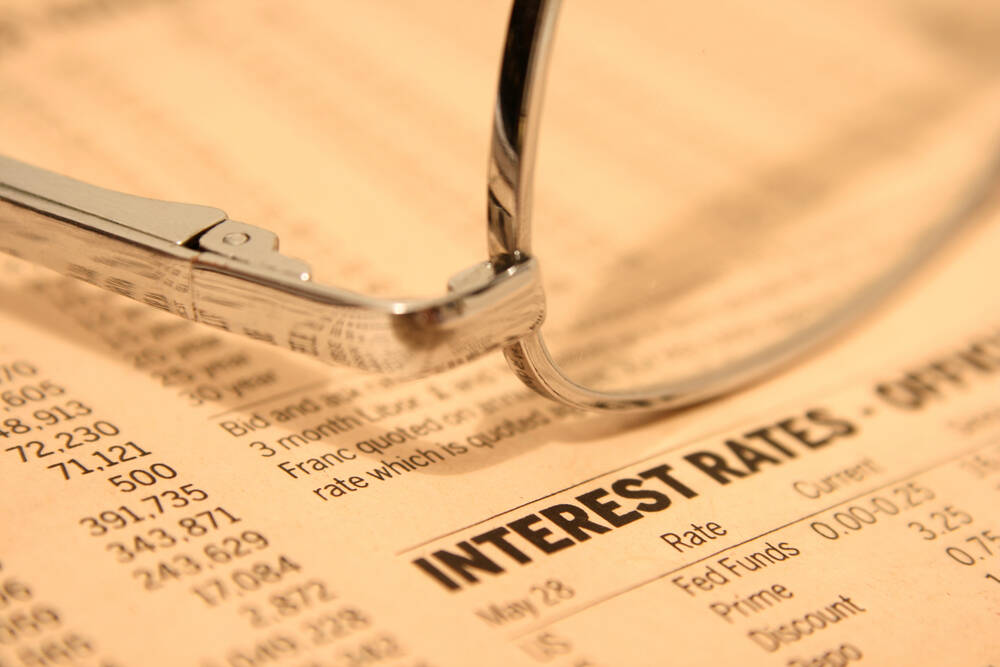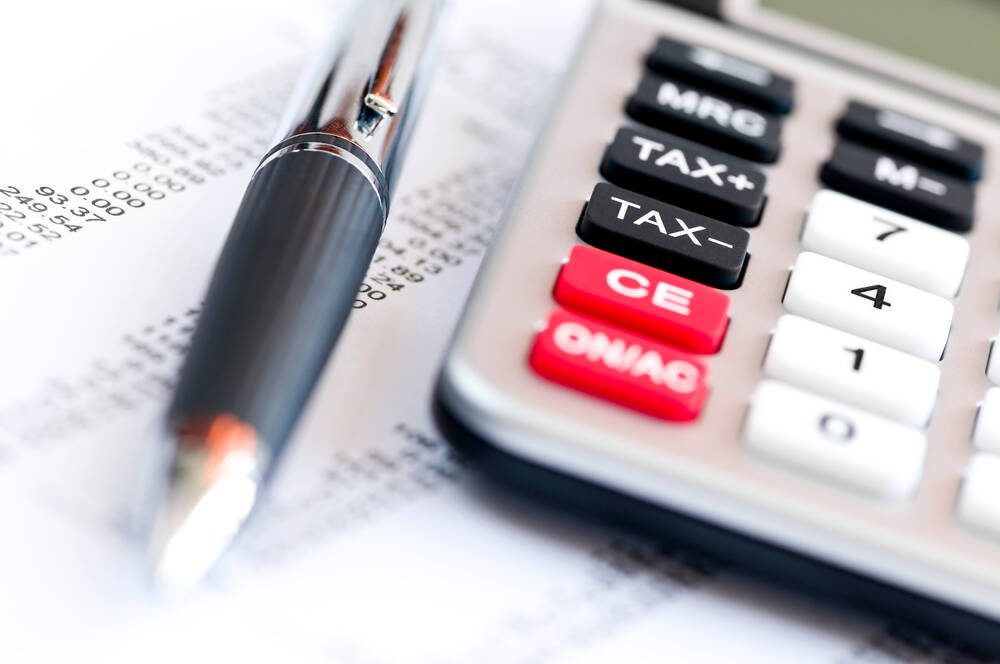Advertisement
Advertisement
Search Indicator:
Choose Country 
Australia Inflation Rate
Last Release
Oct 31, 2025
Actual
3.8
Units In
%
Previous
3.6
Frequency
Quarterly
Next Release
Jan 07, 2026
Time to Release
1 Months 9 Days 0 Hours
Highest | Lowest | Average | Date Range | Source |
23.9 Dec 1951 | -1.3 Jun 1962 | 4.85 % | 1951-2025 | Australian Bureau of Statistics |
In Australia, the most important categories in the consumer price index are housing (22.3 percent of the total weight), food and non–alcoholic beverages (16.8 percent), recreation and culture (12.6 percent), transport (11.6 percent), furnishings, household equipment and services (9.1 percent), alcohol and tobacco (7.1 percent), health (5.3 percent) and insurance and financial services (5.1 percent). Clothing and footwear, education and communication account for remaining 10.2 percent of total weight.
Latest Updates
Australia’s annual inflation rose to 3.8% in October 2025 from a September reading that aligned with market forecasts of 3.6%, remaining beyond the RBA’s 2–3% target. In the first full monthly CPI report from the Australian Bureau of Statistics, electricity prices accelerated (37.1% vs 33.9% in September) after the expiry of government rebates, while food inflation stayed elevated (3.2% vs 3.2%). Prices also continued to increase for alcohol & tobacco (4.4% vs 5.5%), clothing (5.4% vs 3.8%), furnishings (2.1% vs 1.8%), health (4.0% vs 4.2%), transport (2.7% vs 2.3%), communications (0.8% vs 1.6%), recreation (3.2% vs 1.8%), education (5.4% vs 5.4%), and financial services (2.5% vs 2.5%). The RBA’s trimmed mean CPI rose to 3.3% yoy, topping the 3% consensus. Monthly, the CPI was flat after a 0.5% gain in September. Wednesday’s print marked Australia’s transition from the quarterly CPI to the full monthly one as a primary gauge of inflation, with the series extending back to April 2024.
Australia Inflation Rate History
Last 12 readings
